Home>Gardening & Outdoor>Landscaping Ideas>Why Is My St. Augustine Grass Turning Yellow
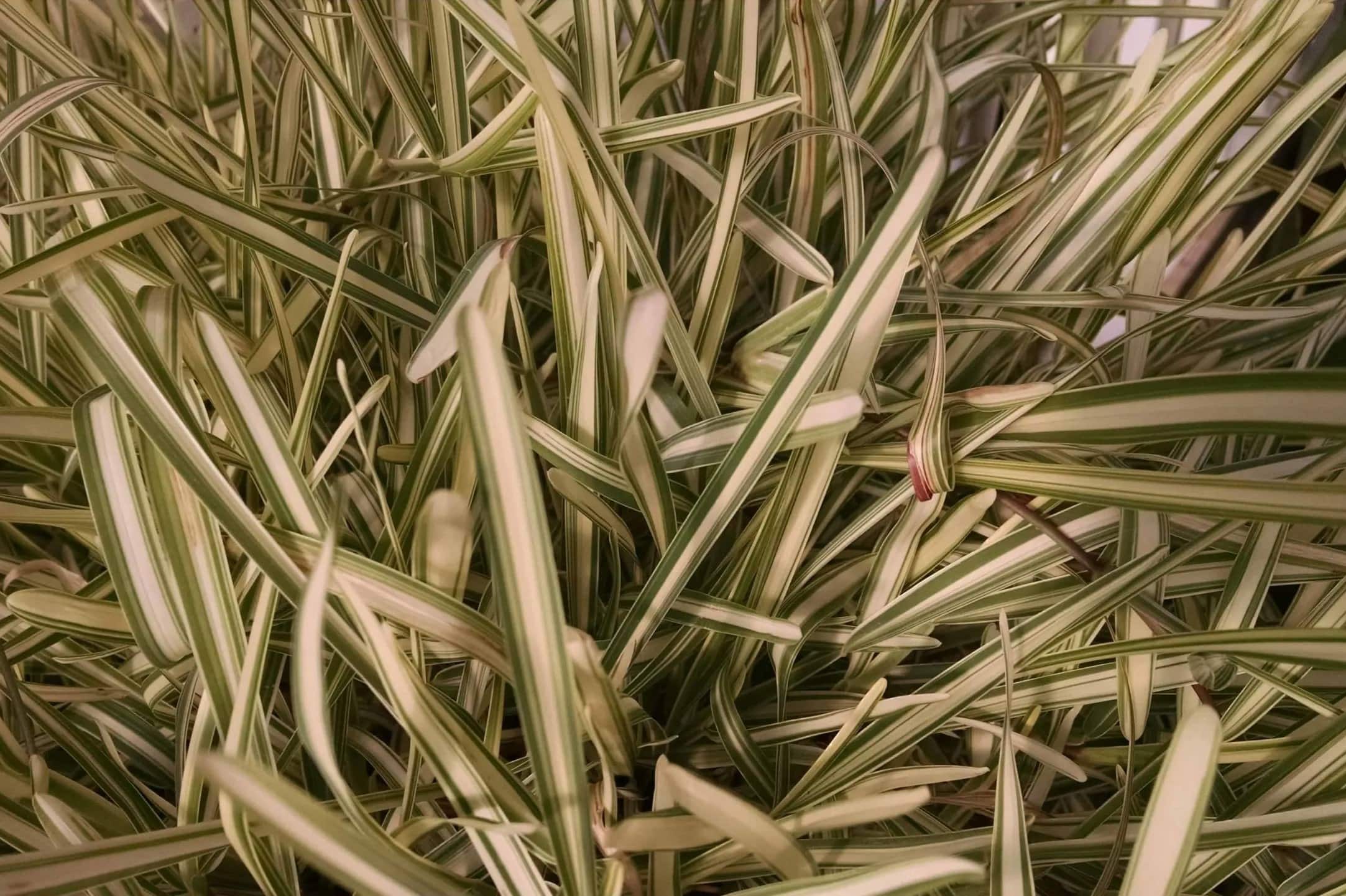

Landscaping Ideas
Why Is My St. Augustine Grass Turning Yellow
Published: February 2, 2024
Discover effective landscaping ideas to address why your St. Augustine grass is turning yellow. Learn how to revitalize your lawn with expert tips and techniques.
(Many of the links in this article redirect to a specific reviewed product. Your purchase of these products through affiliate links helps to generate commission for Storables.com, at no extra cost. Learn more)
**
Introduction
**
St. Augustine grass is a popular choice for lawns in warm climates due to its lush, green appearance and tolerance for heat and humidity. However, homeowners may encounter the disheartening sight of their St. Augustine grass turning yellow, which can be a cause for concern. Understanding the reasons behind this change in color is crucial for maintaining a vibrant and healthy lawn.
In this comprehensive guide, we will delve into the various factors that can contribute to St. Augustine grass turning yellow. By gaining insight into the potential causes, homeowners can take proactive measures to address the issue and restore their lawn to its former verdant glory. Whether it's environmental stressors, pests and diseases, or nutrient deficiencies, we will explore the root causes of yellowing St. Augustine grass and provide valuable tips for effective lawn care. Let's embark on this journey to uncover the secrets of maintaining a lush and vibrant St. Augustine lawn.
Key Takeaways:
- St. Augustine grass turns yellow due to heat, pests, and nutrient deficiencies. Proper watering, pest control, and balanced fertilization can restore its lush green color and promote a healthy lawn.
- To keep St. Augustine grass vibrant, address environmental stress, manage pests, and ensure proper nutrients. Regular mowing, optimal watering, and aeration are key for a thriving, green lawn.
Read more: What Makes St Augustine Grass Turn Yellow
Understanding St. Augustine Grass
St. Augustine grass (Stenotaphrum secundatum) is a warm-season turfgrass known for its lush, dense growth and rich green color. This grass variety thrives in the southern United States and other regions with similar warm and humid climates. Its broad, flat blades and rapid growth make it a popular choice for lawns, parks, and commercial landscapes.
One of the defining characteristics of St. Augustine grass is its ability to tolerate partial shade, making it suitable for areas with limited sunlight. Additionally, it exhibits good salt tolerance, making it a viable option for coastal regions where salt spray may be a concern.
St. Augustine grass is valued for its rapid growth and ability to establish a thick turf relatively quickly, providing excellent ground cover and reducing weed invasion. It also has a relatively high tolerance for foot traffic, making it suitable for lawns with frequent use.
While St. Augustine grass offers numerous benefits, it is important to note that it has specific maintenance requirements. Regular mowing, watering, and fertilization are essential for promoting healthy growth and vibrant color. Understanding the unique characteristics and needs of St. Augustine grass is crucial for maintaining a thriving lawn and addressing any issues, such as yellowing, that may arise.
Common Causes of Yellowing
When St. Augustine grass begins to turn yellow, several factors may be at play. Identifying the underlying causes is essential for implementing targeted solutions and restoring the lawn’s lush green appearance. Common culprits behind the yellowing of St. Augustine grass include environmental stressors, pests and diseases, and nutrient deficiencies.
Environmental Factors
Environmental stressors, such as extreme heat, inadequate watering, or soil compaction, can contribute to the yellowing of St. Augustine grass. Excessive heat can place strain on the grass, leading to discoloration and diminished growth. Insufficient watering, especially during periods of drought, can also result in yellowing as the grass struggles to maintain its moisture levels. Additionally, compacted soil can hinder the grass’s root development and nutrient uptake, impacting its overall health and color.
Pests and Diseases
Various pests and diseases can wreak havoc on St. Augustine grass, causing it to yellow and deteriorate. Chinch bugs, for instance, are notorious for infesting St. Augustine lawns, sucking the sap from the grass blades and injecting toxins that induce yellowing and ultimately lead to widespread damage. Fungal diseases, such as brown patch and take-all root rot, can also manifest as yellow or brown patches in the lawn, signaling potential infection.
Nutrient Deficiencies
Inadequate levels of essential nutrients, particularly nitrogen, iron, and potassium, can result in yellowing and poor growth in St. Augustine grass. Nitrogen is crucial for promoting vibrant green color and robust growth, while iron deficiency often presents as interveinal chlorosis, where the areas between the leaf veins turn yellow while the veins remain green. Potassium plays a vital role in stress tolerance and overall plant health, and its scarcity can contribute to yellowing and increased susceptibility to environmental pressures.
By understanding these common causes of yellowing in St. Augustine grass, homeowners can take proactive measures to address the issues and implement targeted solutions. In the following sections, we will delve deeper into each category, offering valuable insights and practical tips for restoring the health and vibrancy of St. Augustine lawns.
Environmental Factors
Environmental stressors play a significant role in the yellowing of St. Augustine grass, often challenging the lawn’s resilience and overall health. Understanding the impact of environmental factors is crucial for implementing effective strategies to mitigate yellowing and promote vigorous growth.
Extreme Heat
High temperatures can place considerable stress on St. Augustine grass, leading to yellowing and diminished vitality. Extended periods of intense heat can disrupt the grass’s metabolic processes, impeding chlorophyll production and photosynthesis. As a result, the grass may exhibit signs of stress, including yellowing or browning of the blades. Providing adequate shade and implementing proper watering practices can help alleviate heat stress and preserve the lawn’s lush green appearance.
Inadequate Watering
Insufficient watering, particularly during periods of drought or high temperatures, can deprive St. Augustine grass of essential moisture, resulting in yellowing and diminished growth. Proper irrigation is essential for sustaining the grass’s health and color, especially during dry spells. Deep, infrequent watering encourages robust root development and helps the grass withstand environmental pressures, reducing the likelihood of yellowing due to water stress.
Soil Compaction
Compacted soil can impede the movement of air, water, and nutrients within the root zone, hampering the grass’s ability to thrive. In compacted soil, root growth may be restricted, hindering the grass’s access to vital resources and contributing to yellowing and overall decline. Aerating the lawn to alleviate soil compaction and improve root penetration can enhance the grass’s resilience and promote a vibrant green hue.
By addressing these environmental stressors and implementing proactive measures, homeowners can mitigate the yellowing of St. Augustine grass and foster a robust, resilient lawn capable of withstanding the challenges posed by heat, water stress, and soil compaction.
Ensure your St. Augustine grass is receiving enough water, sunlight, and nutrients. Test the soil pH and adjust if necessary. Consider applying a balanced fertilizer to promote healthy growth and green color.
Pests and Diseases
When St. Augustine grass displays signs of yellowing, pests and diseases are often significant contributors to the lawn’s decline. Identifying and addressing these issues is crucial for restoring the grass’s health and vibrancy, preserving its lush green appearance.
Chinch Bugs
Chinch bugs pose a significant threat to St. Augustine grass, particularly in warm, dry conditions. These tiny pests feed on the grass by piercing the blades and sucking out the sap, leading to yellowing, wilting, and ultimately, widespread damage. Chinch bug infestations can quickly escalate, causing extensive lawn discoloration and thinning. Implementing targeted pest control measures and promoting a healthy growing environment can help manage chinch bug populations and prevent further damage to the grass.
Fungal Diseases
Several fungal diseases can afflict St. Augustine grass, manifesting as yellow or brown patches that detract from the lawn’s overall appearance. Brown patch, characterized by circular areas of discolored grass with a tan center and dark borders, can lead to widespread yellowing and browning. Take-all root rot, another common fungal disease, can cause the grass to exhibit symptoms of yellowing and decline as the roots are compromised. Proper lawn care practices, including adequate air circulation, balanced watering, and disease-resistant grass varieties, can help mitigate the impact of fungal diseases and preserve the lawn’s health.
By addressing pest infestations and promptly treating fungal diseases, homeowners can safeguard their St. Augustine grass from yellowing and promote a thriving, resilient lawn. Implementing proactive pest management strategies and maintaining optimal growing conditions are essential for preserving the grass’s lush green color and overall vitality.
Read more: Why Is My Ornamental Grass Turning Yellow
Nutrient Deficiencies
Inadequate levels of essential nutrients can significantly impact the health and appearance of St. Augustine grass, leading to yellowing and diminished vigor. Understanding the role of key nutrients, such as nitrogen, iron, and potassium, is essential for addressing deficiencies and restoring the grass’s lush green color.
Nitrogen Deficiency
Nitrogen is a vital nutrient for promoting vibrant green color and robust growth in St. Augustine grass. A deficiency in nitrogen can manifest as overall yellowing of the lawn, indicating the grass’s struggle to maintain its lush appearance. Implementing a balanced fertilization regimen that includes nitrogen-rich fertilizers can help replenish the grass’s nutrient levels and stimulate healthy growth, effectively addressing the yellowing caused by nitrogen deficiency.
Iron Deficiency
Iron plays a crucial role in chlorophyll production, and its deficiency can result in interveinal chlorosis, where the areas between the leaf veins turn yellow while the veins remain green. This characteristic yellowing pattern is indicative of iron deficiency in St. Augustine grass. Applying iron supplements or using iron-enhanced fertilizers can help alleviate this deficiency and restore the grass’s vibrant green color, promoting a healthier, more robust lawn.
Potassium Deficiency
Potassium is essential for stress tolerance and overall plant health, playing a critical role in enabling St. Augustine grass to withstand environmental pressures and maintain its vigor. A deficiency in potassium can lead to yellowing and increased susceptibility to stress factors, compromising the grass’s resilience. By incorporating potassium-rich fertilizers and ensuring proper soil potassium levels, homeowners can address deficiencies and promote the grass’s ability to maintain its lush green appearance even in challenging conditions.
By addressing nutrient deficiencies through targeted fertilization and soil amendment, homeowners can effectively combat the yellowing of St. Augustine grass and promote a vibrant, resilient lawn. Implementing a well-balanced fertilization program tailored to the grass’s specific needs is essential for sustaining its health and visual appeal.
Proper Care and Maintenance
Implementing proper care and maintenance practices is essential for preserving the lush green appearance and overall health of St. Augustine grass. By incorporating proactive strategies and adhering to sound lawn care principles, homeowners can mitigate yellowing and promote a thriving, resilient lawn.
Regular Mowing
Consistent and appropriate mowing practices are crucial for maintaining the health and visual appeal of St. Augustine grass. Mowing at the recommended height helps promote dense growth and reduces stress on the grass, contributing to its vibrant green color. Avoiding excessive mowing and ensuring the mower blades are sharp can prevent unnecessary stress and damage to the grass, preserving its lush appearance.
Optimal Watering
Proper irrigation is fundamental for sustaining the health and vigor of St. Augustine grass. Deep, infrequent watering encourages robust root development and helps the grass withstand environmental stressors, reducing the likelihood of yellowing due to water stress. Monitoring soil moisture levels and adjusting watering practices based on weather conditions can help maintain the grass’s vibrant green color and overall resilience.
Balanced Fertilization
Implementing a balanced fertilization program tailored to the specific nutrient needs of St. Augustine grass is essential for promoting vibrant color and robust growth. Applying fertilizers rich in essential nutrients, including nitrogen, iron, and potassium, can help address deficiencies and support the grass’s overall health. However, it is important to follow recommended fertilization rates and schedules to prevent overfertilization, which can lead to nutrient imbalances and potential yellowing.
Adequate Aeration
Aerating the lawn to alleviate soil compaction and improve root penetration is crucial for enhancing the grass’s resilience and promoting a lush green appearance. By facilitating better air, water, and nutrient movement within the soil, aeration can help mitigate environmental stressors and prevent yellowing caused by poor soil conditions. Implementing regular aeration as part of the lawn care regimen can contribute to the overall health and vitality of St. Augustine grass.
By integrating these essential care and maintenance practices into their lawn care routine, homeowners can effectively combat yellowing and promote the long-term health and vibrancy of their St. Augustine grass. Proactive lawn care measures play a pivotal role in preserving the lush green appearance and resilience of the grass, contributing to a visually appealing and thriving lawn.
Conclusion
Understanding the factors that contribute to the yellowing of St. Augustine grass is essential for maintaining a vibrant and healthy lawn. Whether it’s environmental stressors, pest infestations, diseases, or nutrient deficiencies, each potential cause requires careful consideration and targeted solutions to restore the grass’s lush green appearance.
By addressing environmental stressors, such as extreme heat, inadequate watering, and soil compaction, homeowners can mitigate the impact of these factors on the grass and promote a resilient, vibrant lawn. Implementing proper irrigation practices, providing shade during high temperatures, and aerating the soil can help alleviate environmental stress and prevent yellowing.
Managing pest infestations and promptly treating fungal diseases are crucial for preserving the health and visual appeal of St. Augustine grass. By implementing targeted pest control measures and promoting optimal growing conditions, homeowners can safeguard their lawn from the detrimental effects of pests and diseases, minimizing yellowing and promoting vigorous growth.
Addressing nutrient deficiencies through balanced fertilization and soil amendment is vital for sustaining the grass’s health and vibrant color. Replenishing essential nutrients, including nitrogen, iron, and potassium, can effectively combat yellowing and promote a thriving, resilient lawn capable of withstanding environmental pressures.
Proper care and maintenance practices, such as regular mowing, optimal watering, balanced fertilization, and adequate aeration, play a pivotal role in preserving the lush green appearance and overall resilience of St. Augustine grass. By integrating these essential practices into their lawn care routine, homeowners can effectively combat yellowing and promote the long-term health and vibrancy of their lawn.
In conclusion, by gaining insight into the common causes of yellowing in St. Augustine grass and implementing targeted solutions, homeowners can nurture a vibrant, resilient lawn that enhances the beauty of their outdoor space. With proactive lawn care measures and a deep understanding of the grass’s specific needs, maintaining a lush and healthy St. Augustine lawn is well within reach.
Frequently Asked Questions about Why Is My St. Augustine Grass Turning Yellow
Was this page helpful?
At Storables.com, we guarantee accurate and reliable information. Our content, validated by Expert Board Contributors, is crafted following stringent Editorial Policies. We're committed to providing you with well-researched, expert-backed insights for all your informational needs.
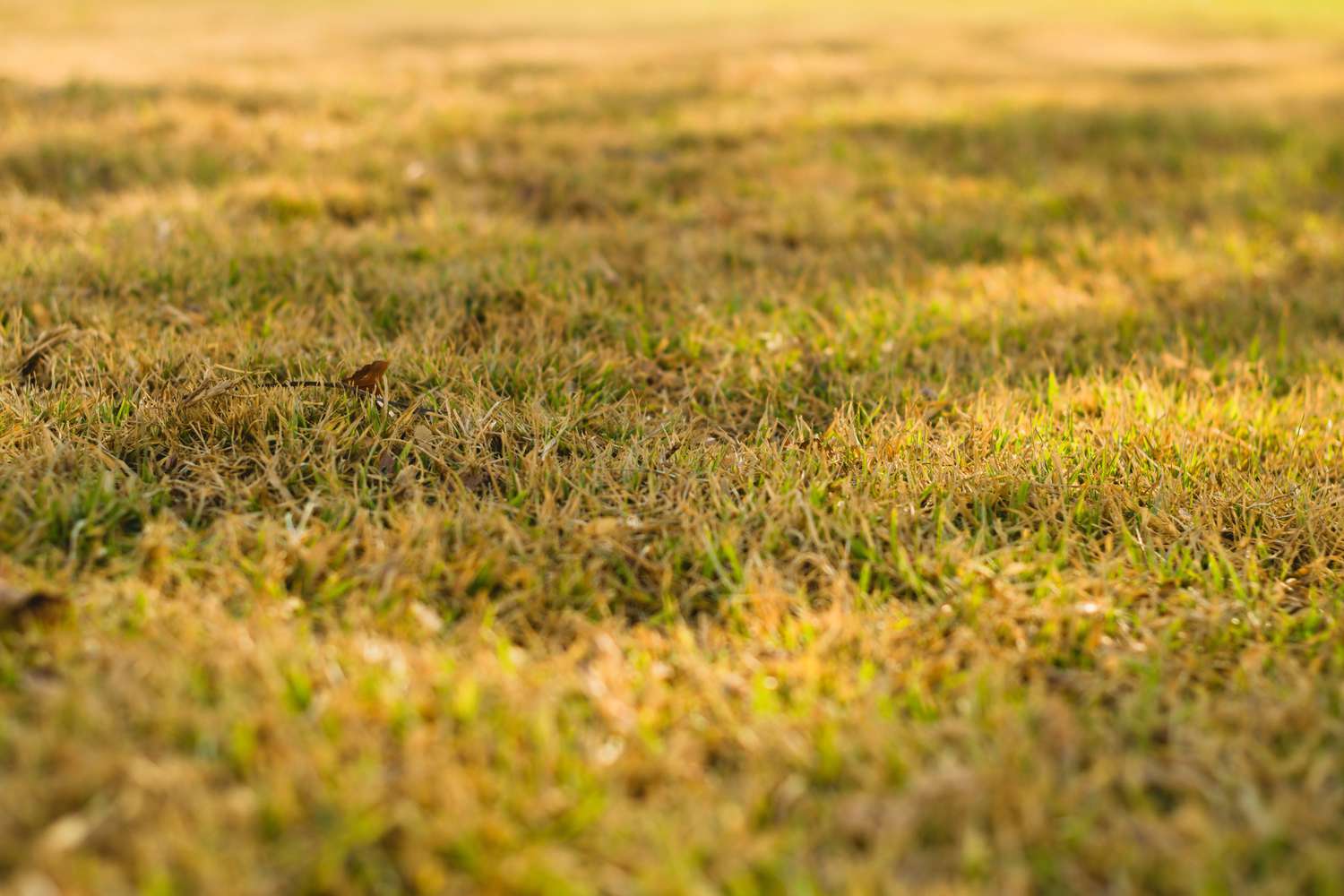
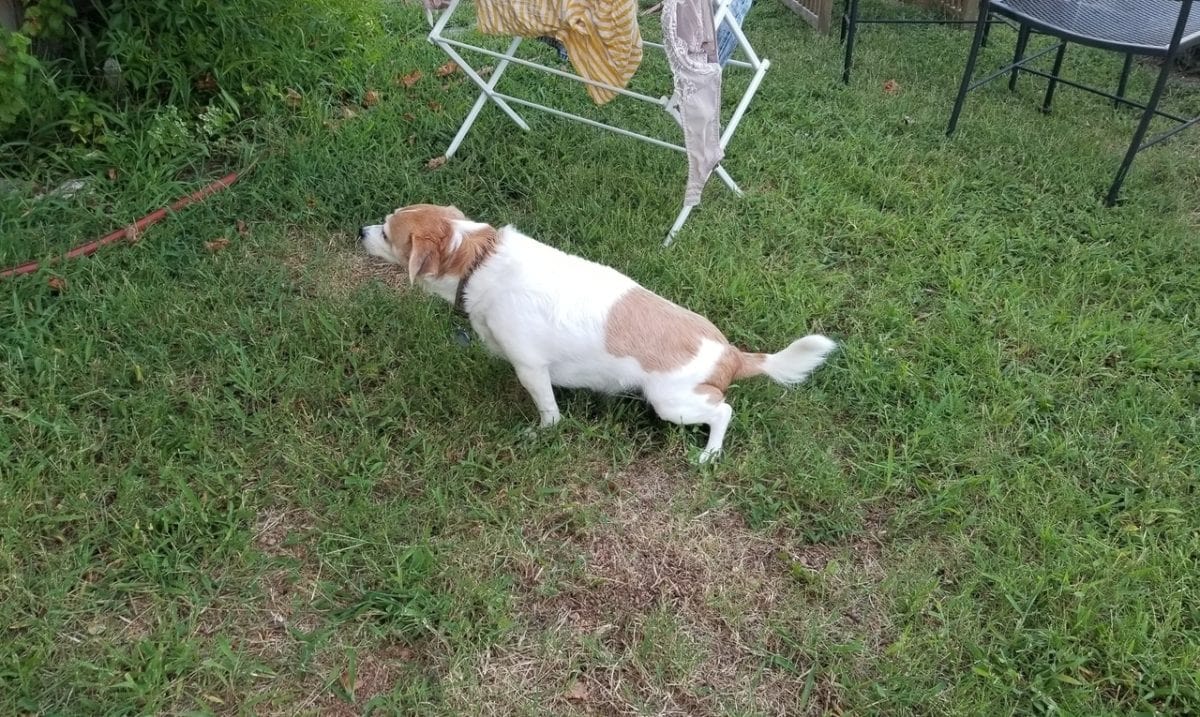
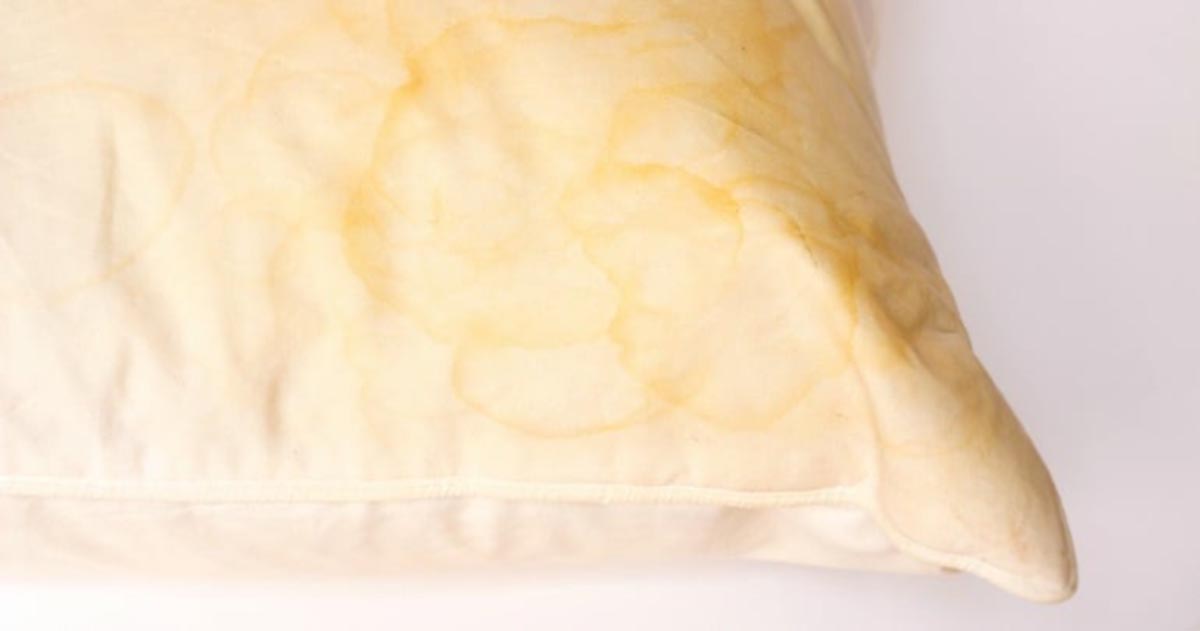

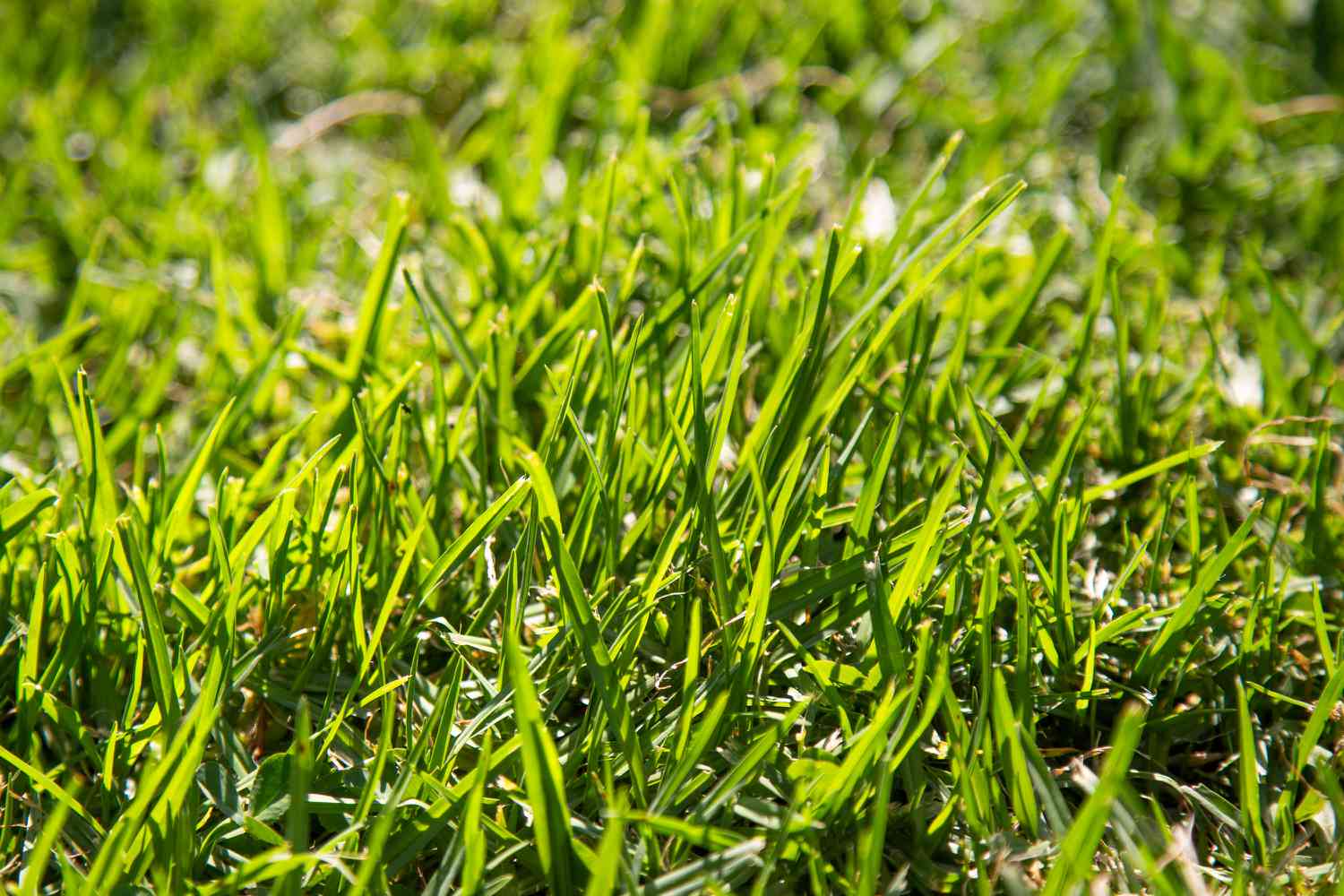
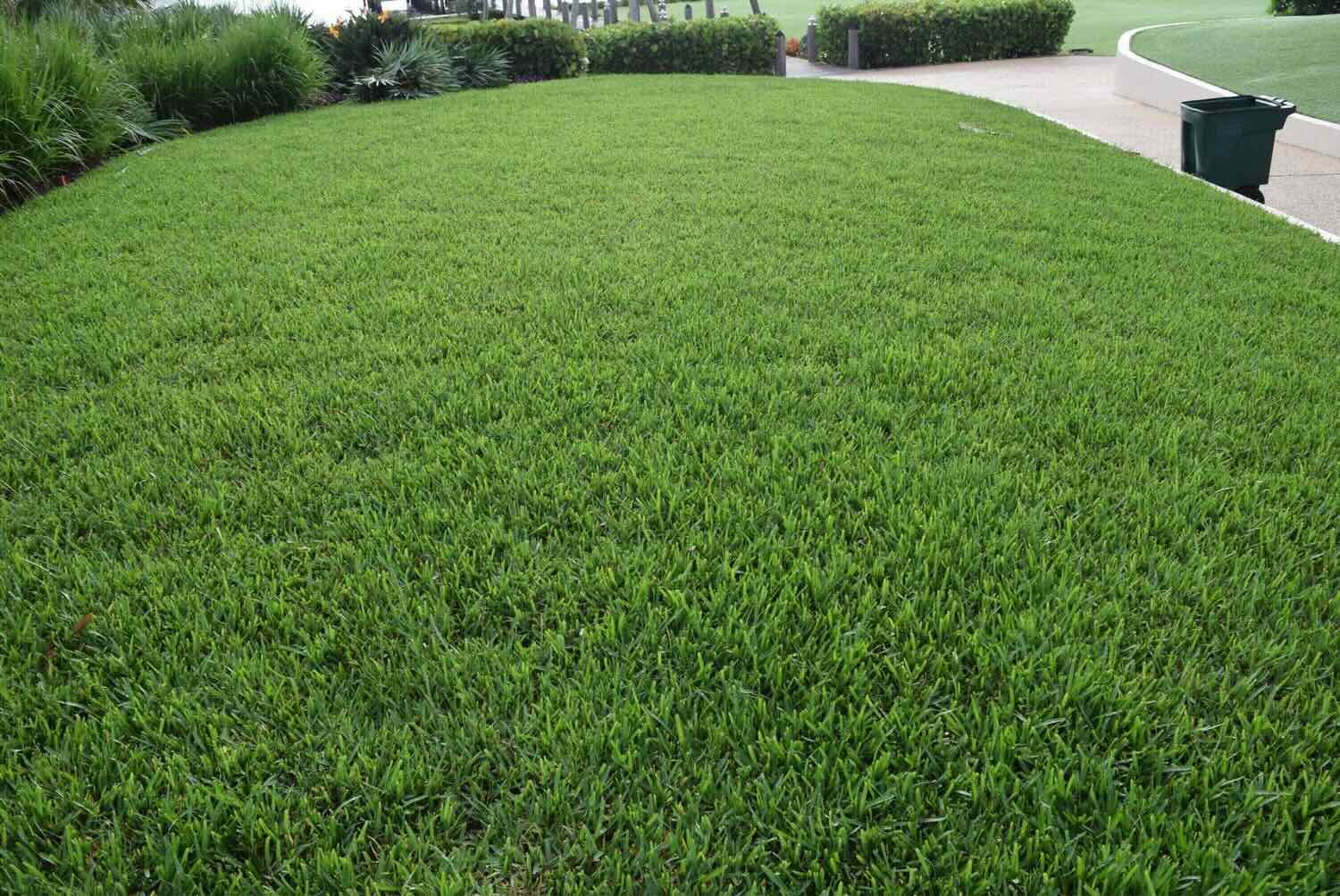
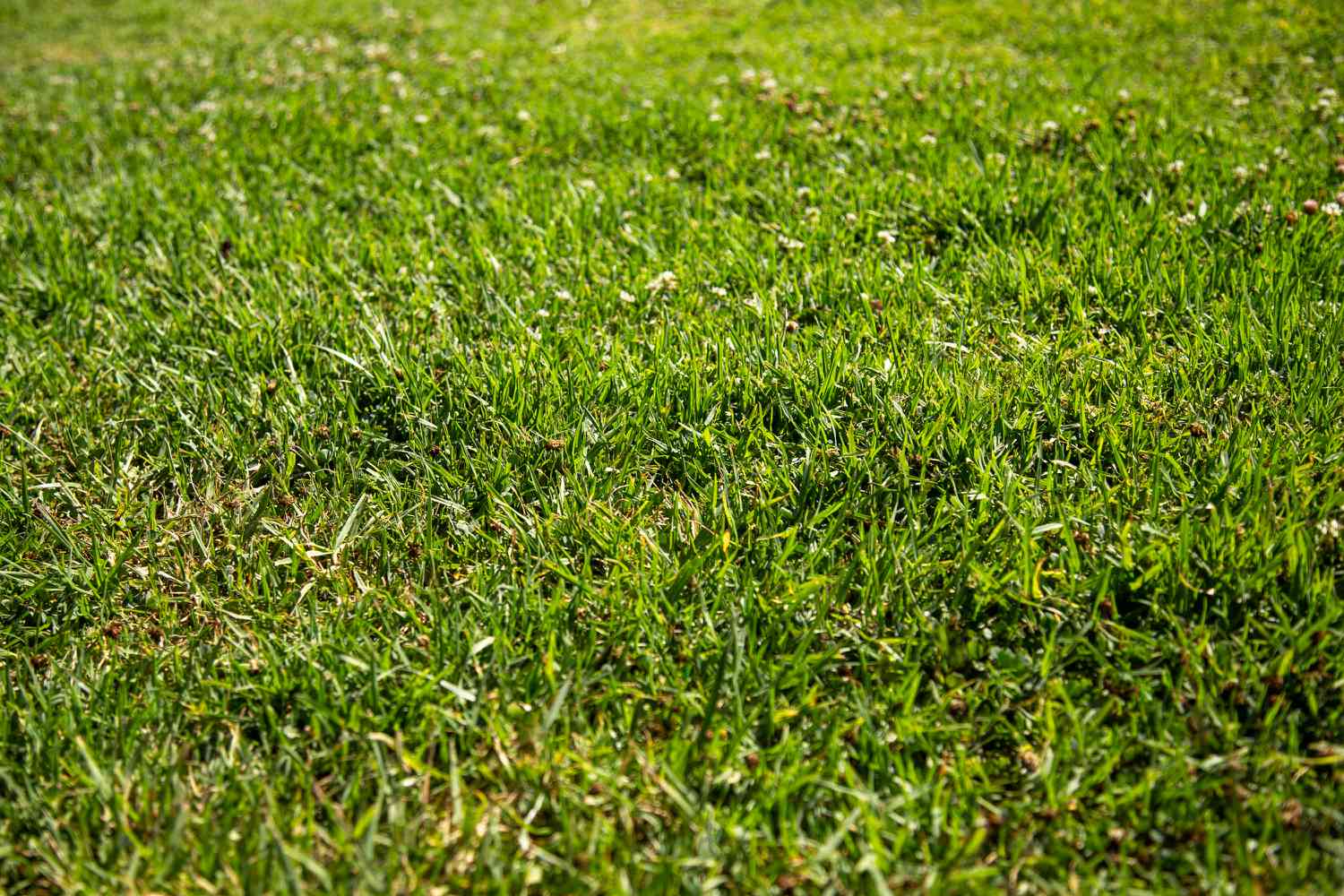
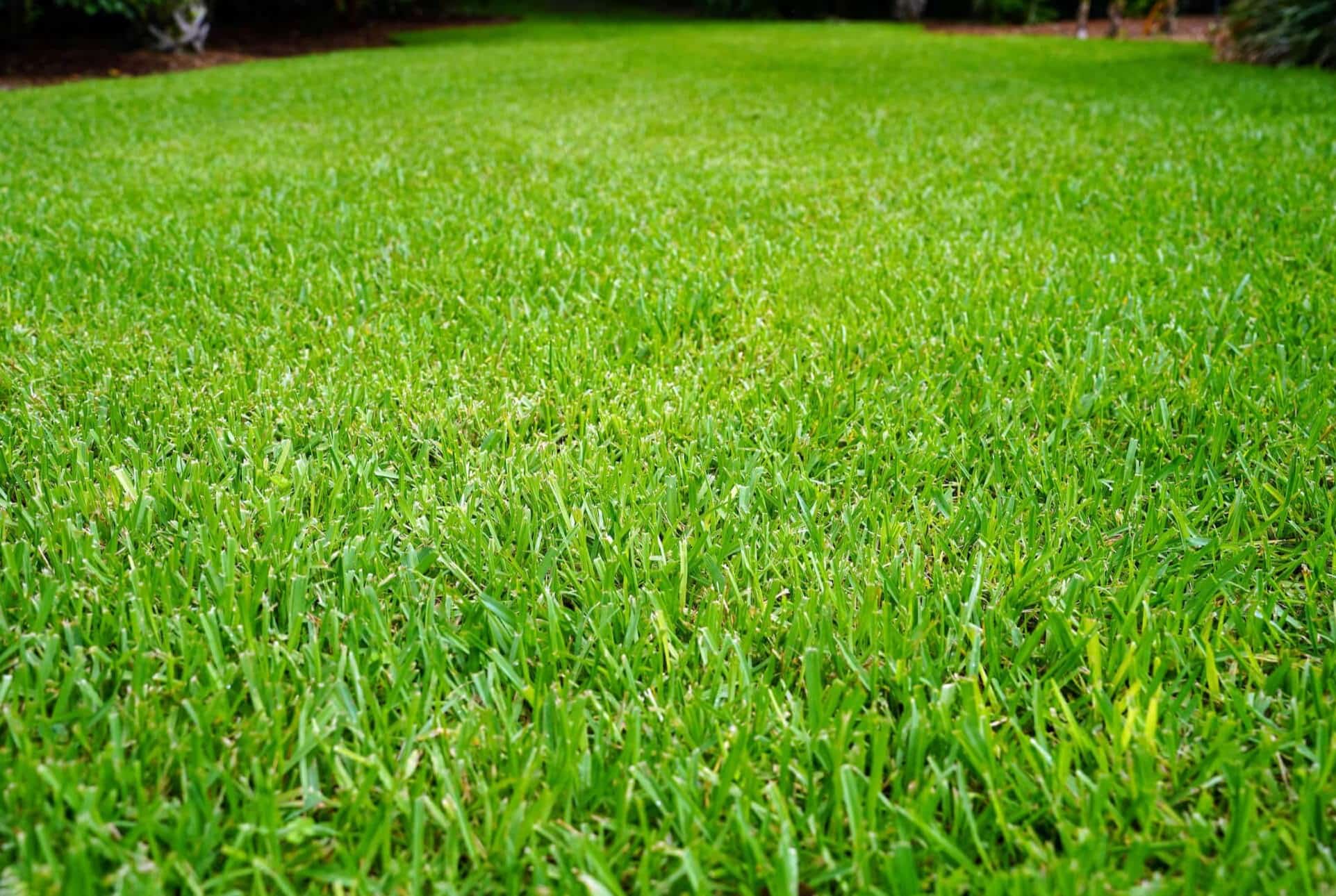
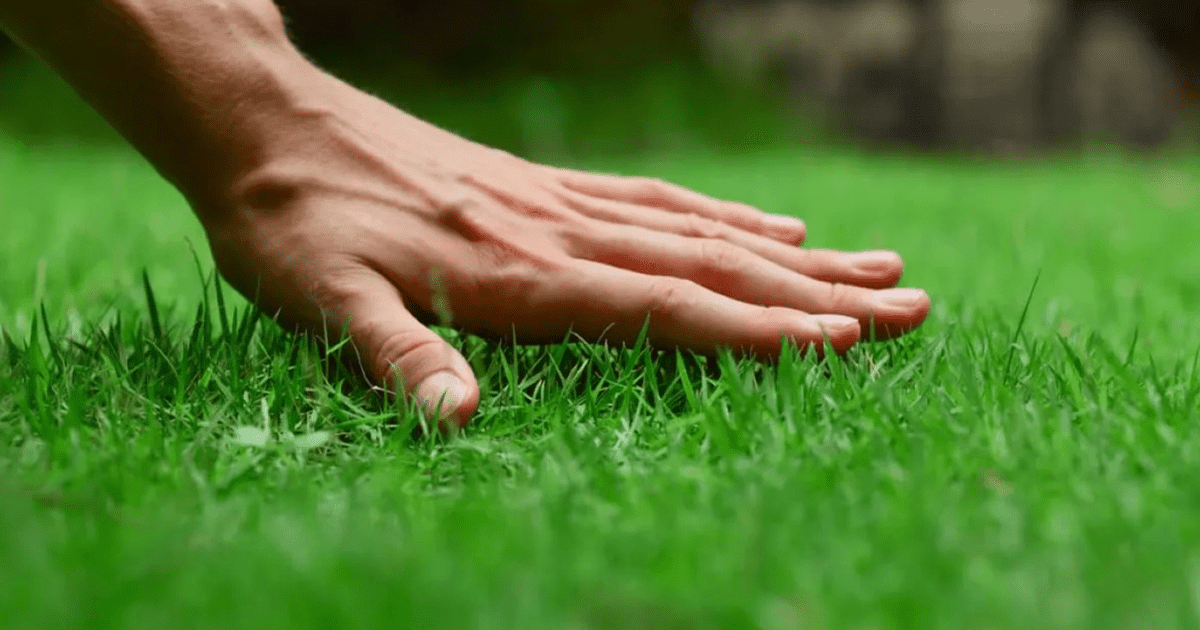
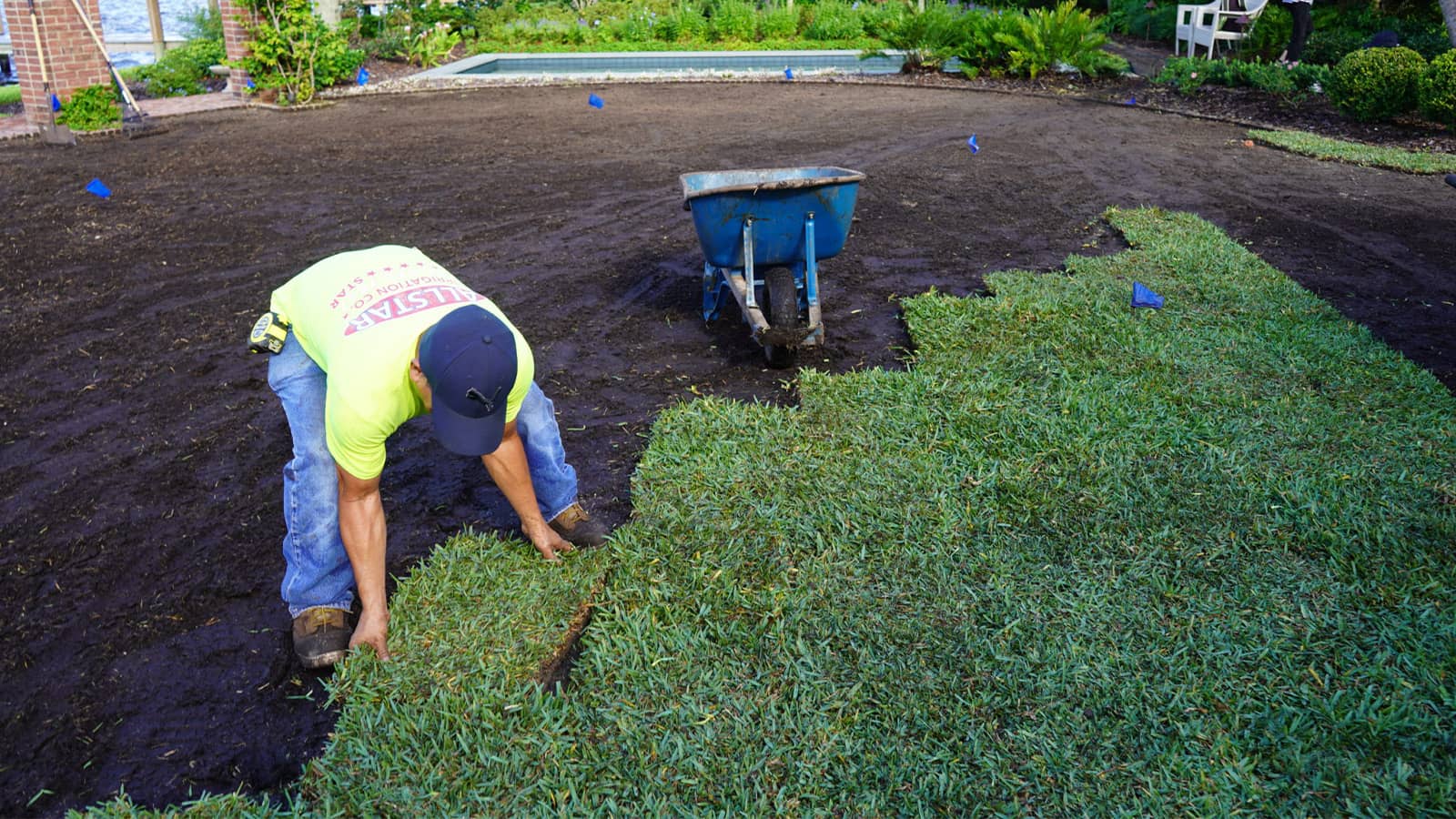
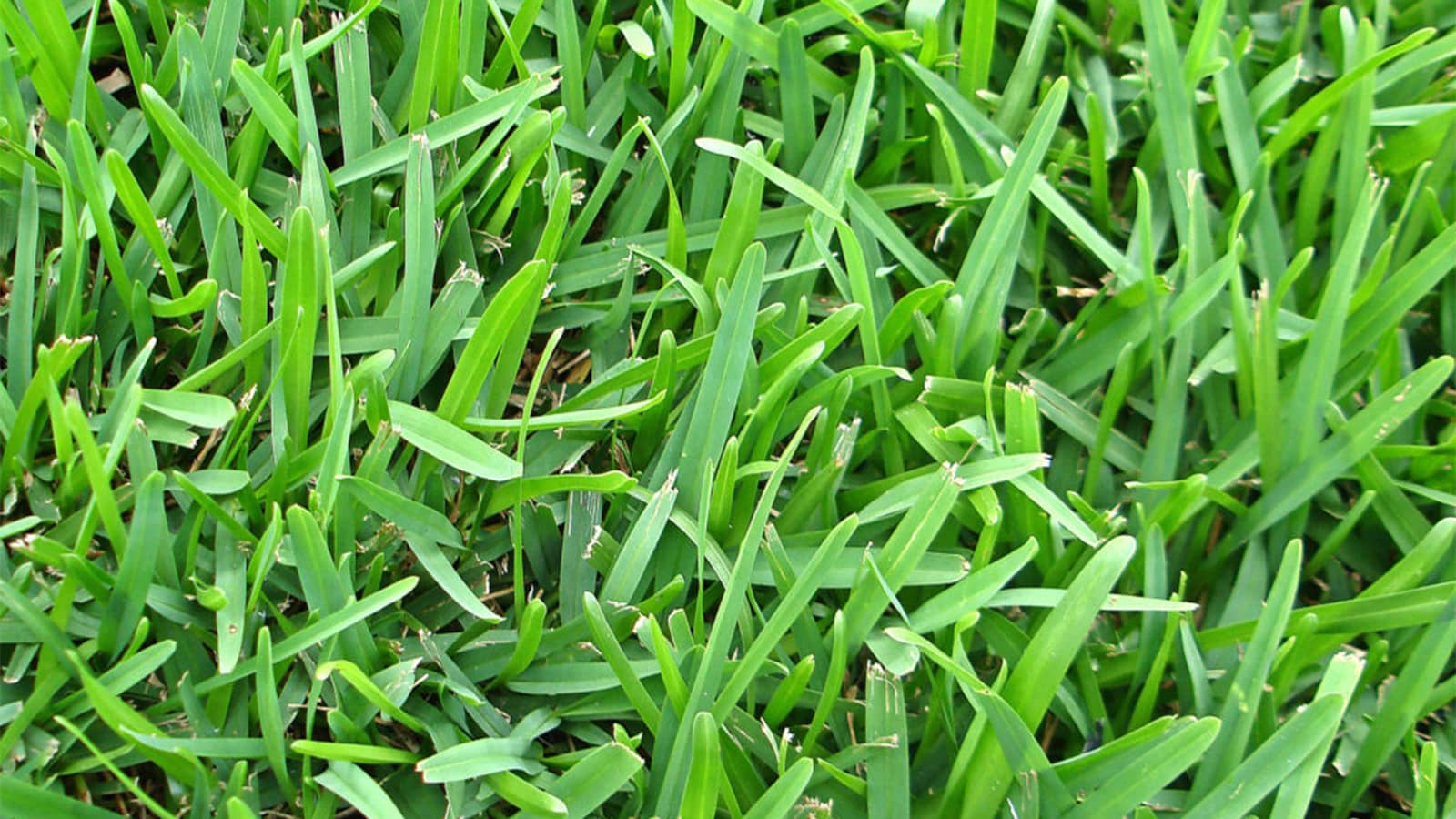
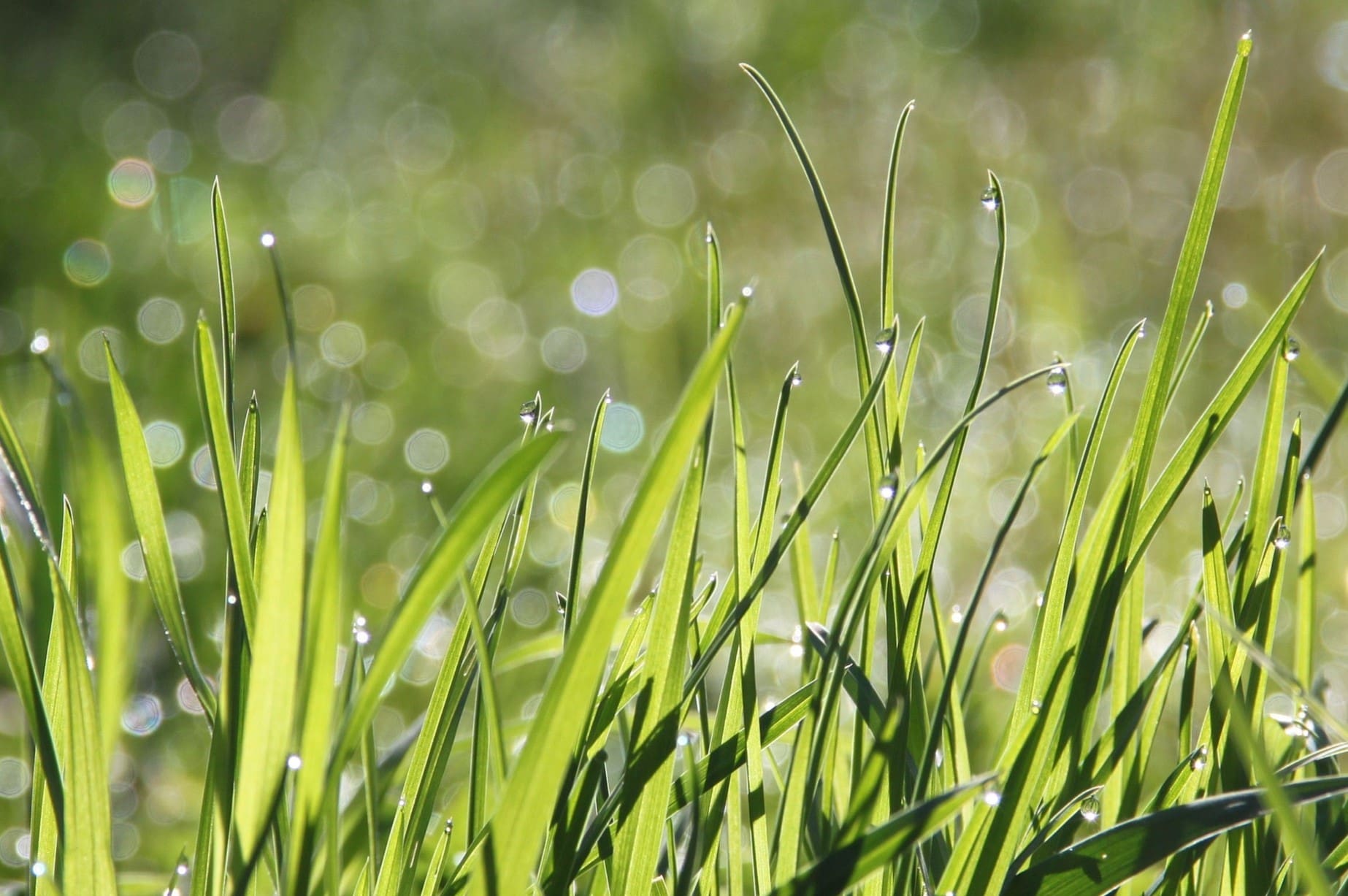
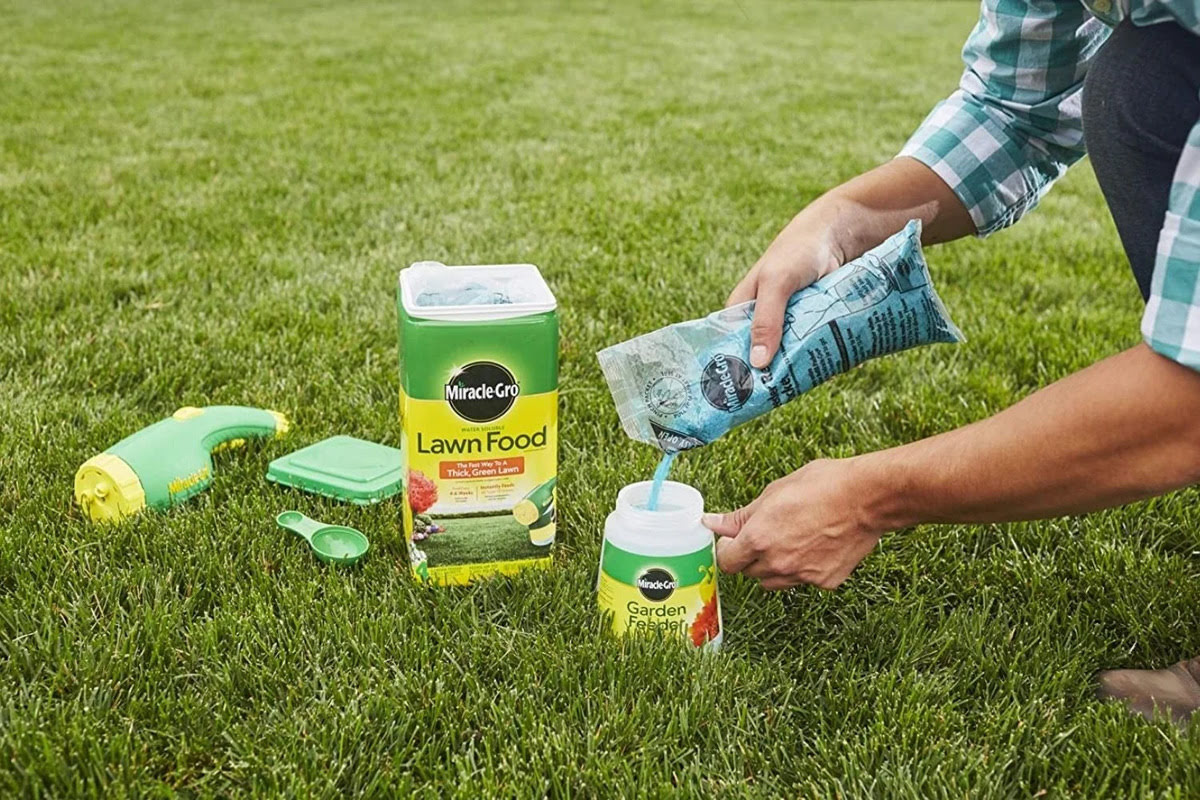
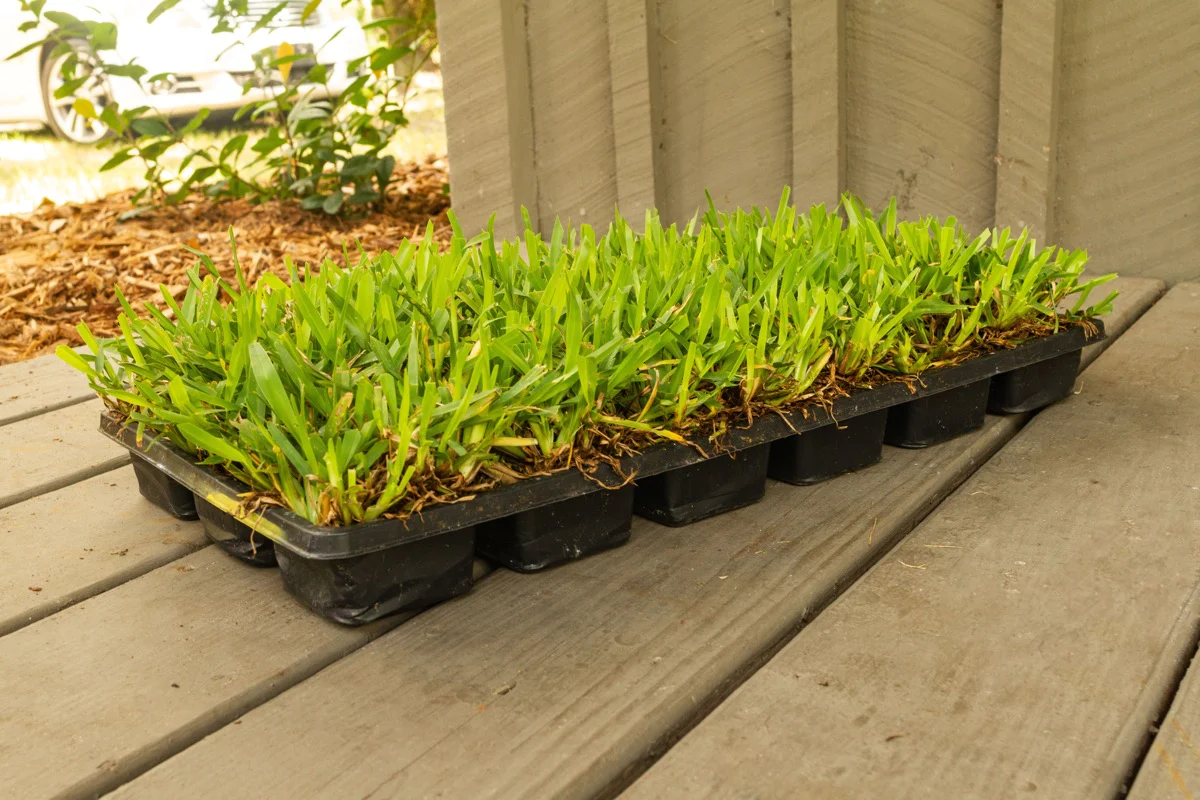

0 thoughts on “Why Is My St. Augustine Grass Turning Yellow”